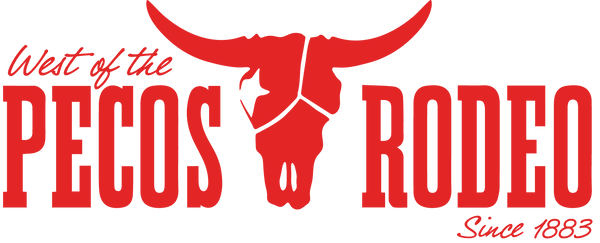Saddle Bronc Riding
A TEST OF SKILL, STRENGTH, AND STYLE
Placement of a hand on a buck rein in saddle bronc riding can mean the difference between success and failure.
Saddle bronc riding is built around finesse, balance, and agility. A modified western saddle is used that is usually custom-made to the contestant’s specifications. The buck rein is unique to the event. It is attached to a halter, and then it is up to the rider to decide exactly where he places his hand on the rein and how he holds it.
Competitors must ride for eight seconds with one hand on the rein and must not touch any part of the horse or themselves with their free hand. They also must keep both feet in their stirrups and have their spurs touching the point of the shoulder when the horse’s feet touch the ground on the first jump. This is the “mark out” rule.
Saddle bronc riding is known as the classic event of rodeo and is likely where rodeo’s roots come from. Two judges are in the arena and score the rider and the horse on a scale of 1-25. Their scores are added together for a possible 100 points.
When it all comes together, it is a demonstration of timing between horse and rider, with the rider’s feet moving in rhythm with the animal. A good score is over 80.
SCORING
The Horse is scored 1-50 points
- Front End Drop
- High Kick
The Rider is also scored from 1-50 points
- Mark Out
- Leg Height
- Toes pointed out
- Leg Motion
All while not touching the horse with the free hand.

